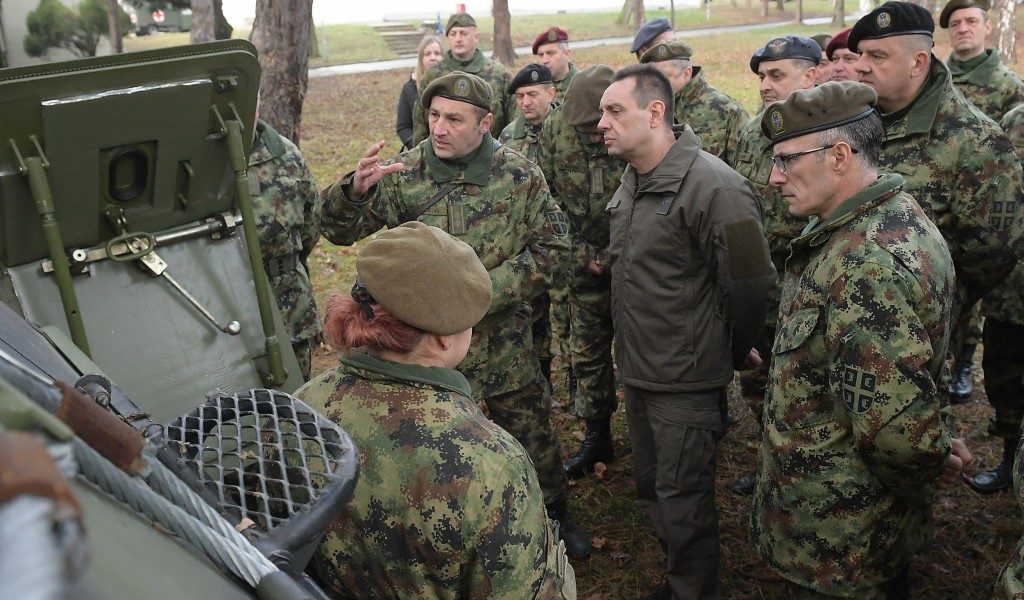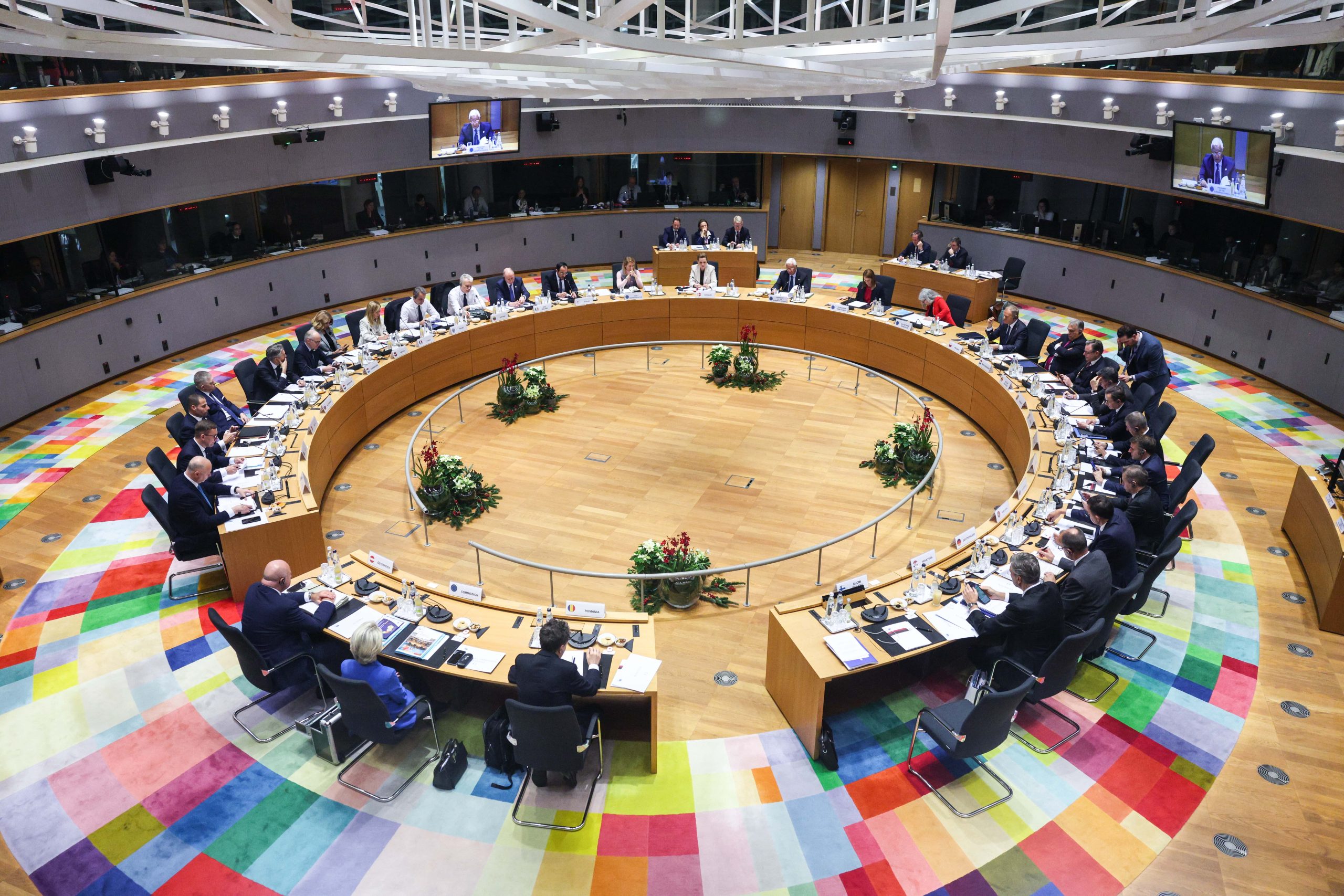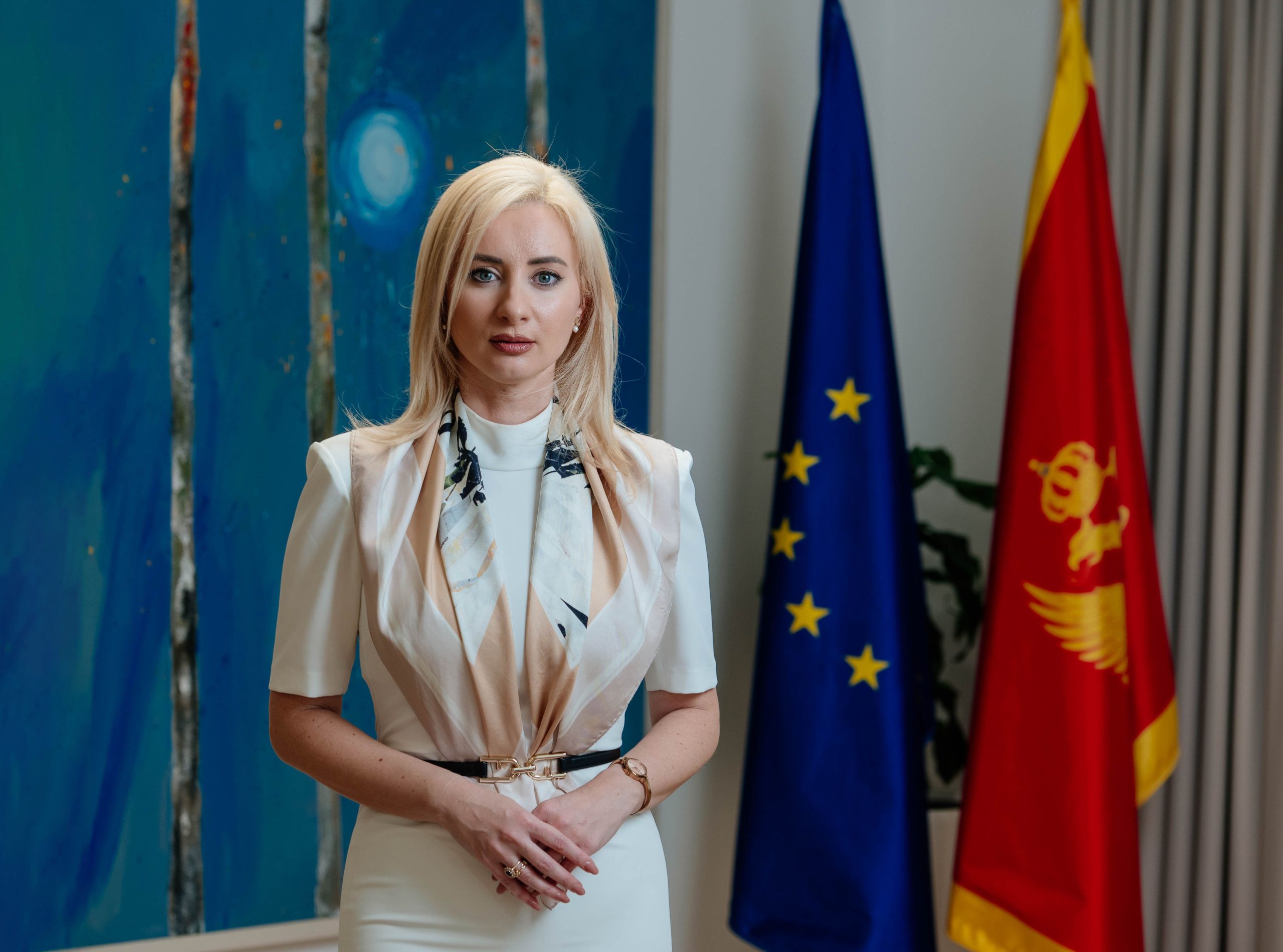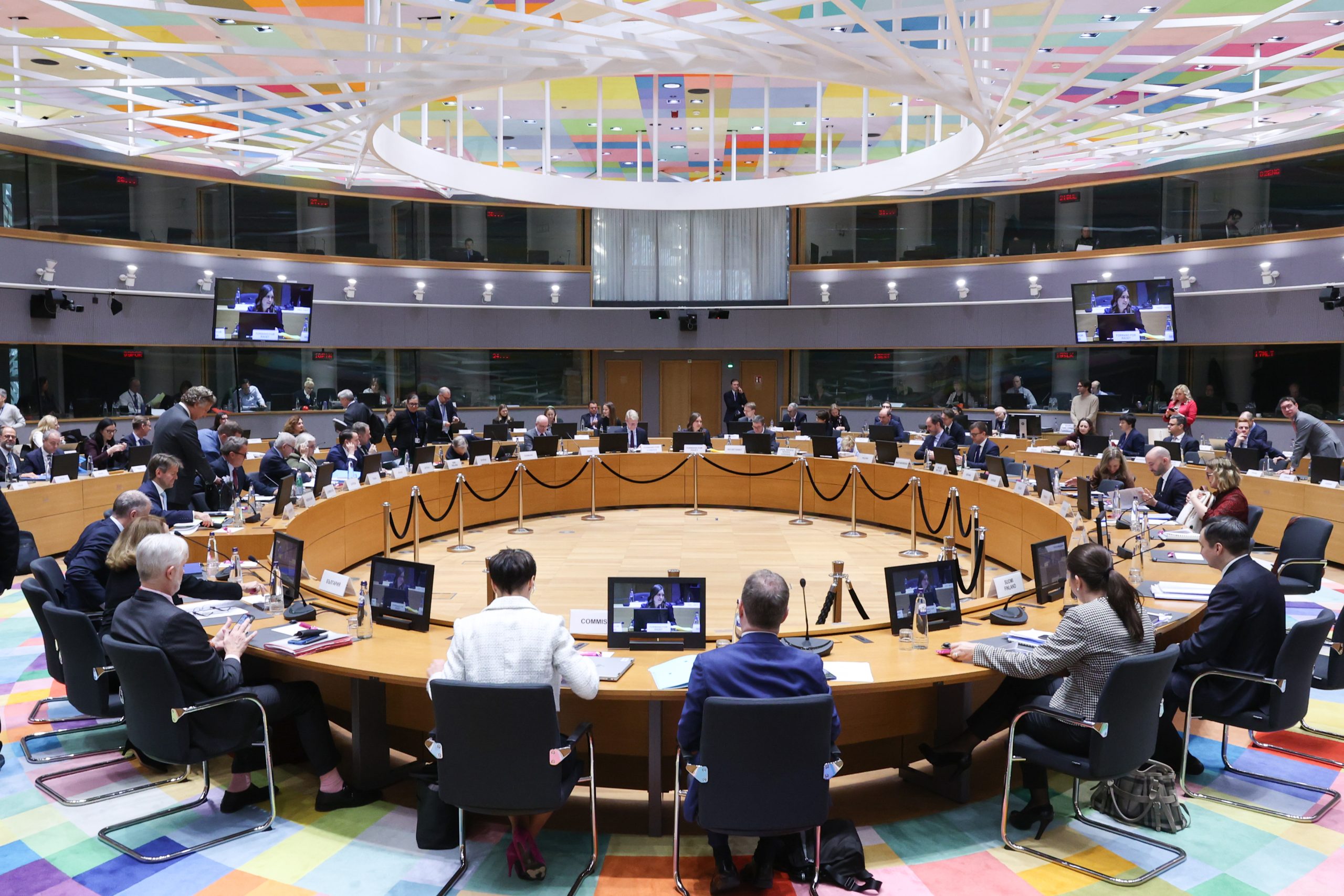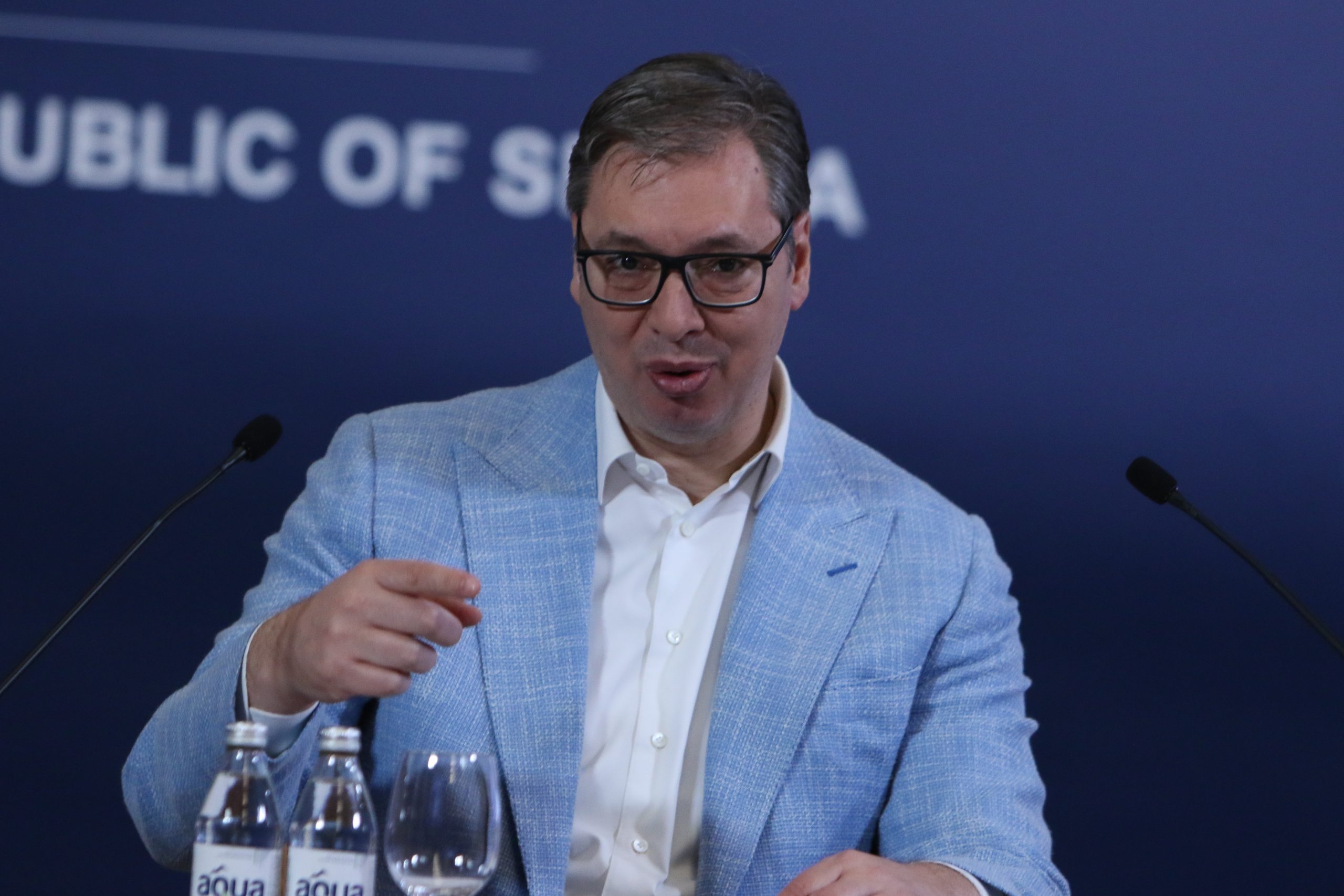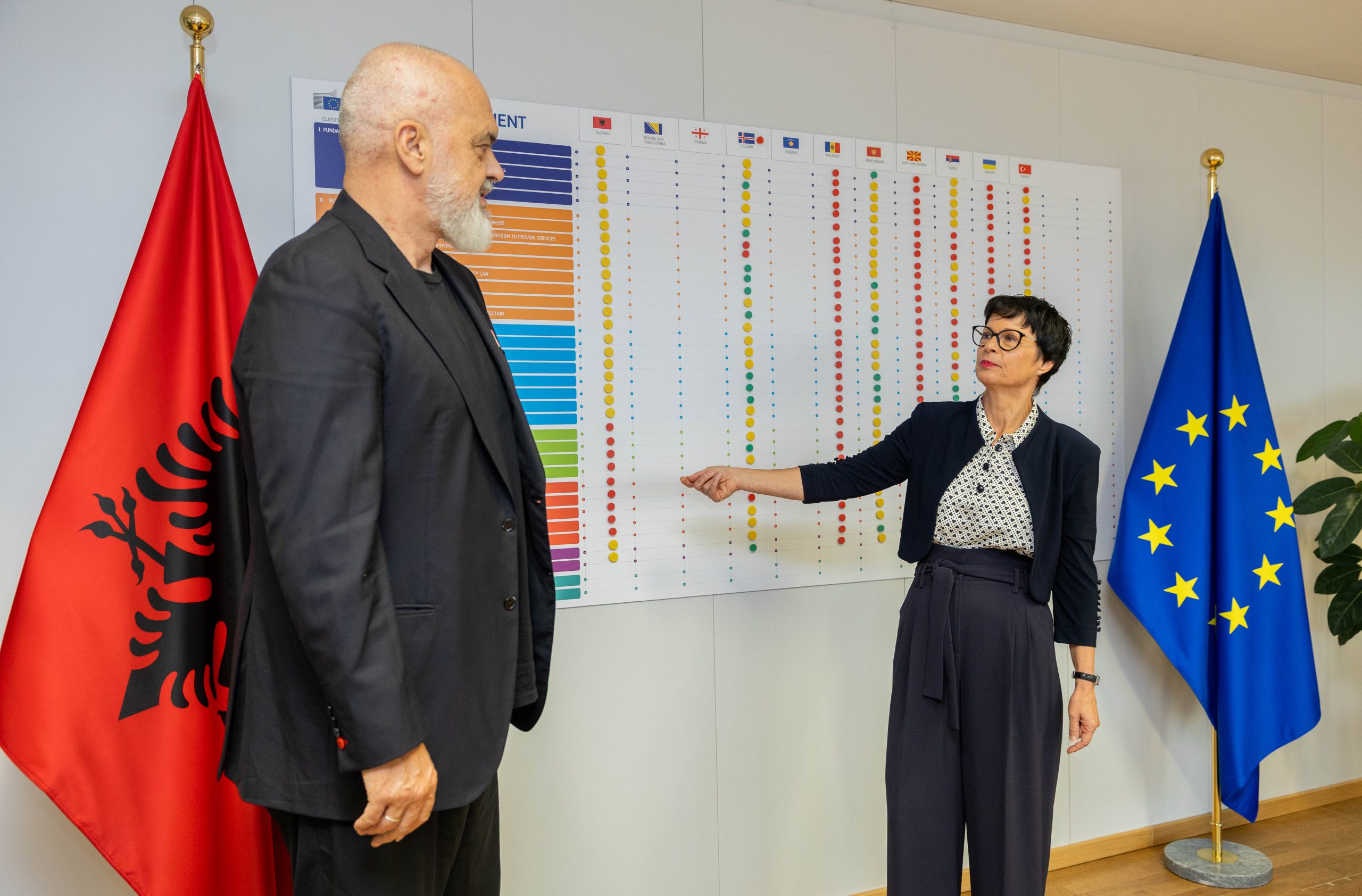Over the past year, from increasing the budget of the Ministry of Defense by 30 percent, through transferring all men under 30 of age to passive military reserve, the procurement of helicopters and missile systems, followed by a Russian donation of armored vehicles, Serbia has reached the point of announcing the adoption of the Declaration on Political Independence and Military Neutrality in February next year. Taking into consideration that none of these steps had been undertaken based on existing strategies and without completing any needs assessments prior to procurements, the experts European Western Balkans spoke to warn that the lack of transparency in managing the defense system could be detrimental not only to national security and Serbian citizens but also for relations in the region.
In 2019, the Ministry of Defense received about 800 million euros from the state budget – a quarter more than the year before, which also represents the largest increase designated to any ministry at the time. The continuation of the trend to allocate more defense resources than in previous years continues, as confirmed by the 2020 state budget adopted at the end of November. According to the state budget for 2020, another sum of about 800 million euros has been allocated to the Ministry of Defense for the second year in a row. However, unlike last year, when plans to expand the military capacity of the country were widely announced, Serbia enters 2020 with the upcoming announcement of the Declaration on Political Independence and Military Neutrality and a decision to cease with weapons and armory procurement. The reason for this, as Serbian President Aleksandar Vučić explained in December, lies in the fact that “there are other priorities”.
“At the moment we can only speculate on what these other priorities might be since Serbian defense policy and planning for the development of the defense system are conducted in a very non-transparent manner which we could even describe as mysterious”, assesses in a statement for EWB Katarina Đokić, Researcher at the Belgrade Center for Security Policy. She reminds that in 2018 Serbian President Aleksandar Vučić announced a possible procurement from Russia, but at the time he did not want to give more information about it in order to “surprise” not only citizens but also soldiers.
“There is no need to emphasize that citizens pay for these “surprise gifts” from their own pocket, while the Army should not find itself in a surprising situation, they should be in a position to request needs-based procurements using already well-established acquisition procedures”, says Đokić. She also points out that the current level of non-transparency in the management of the defense system leaves much room for arbitrariness instead of planning, without any political accountability for such actions.
“This is potentially harmful to the system, it is harmful to citizens, but also to relations in the region because no one knows what Serbia wants”, said Đokić.
New strategy – new problems
In the final several days of the new year, a controversy regarding the upcoming adoption of the new National Defense Strategy of the Republic of Serbia has made it to the headlines not only in Serbia but also in Bosnia and Herzegovina. Namely, this document, which was adopted in the National Assembly on December 27, lists the “preservation of Republika Srpska as an entity within Bosnia and Herzegovina in accordance with the Dayton Agreement” as a security priority for the Republic of Serbia. Among the listed priorities, the draft also includes “improving the position of Serbs in the region and the world”.
As Defense Minister Aleksandar Vulin explained at the presentation of the new Defense Strategy in Serbian Parliament on 24 December, the Strategy is aimed to define both Serbia’s defense and foreign policy. The document, explained Vulin, will emphasize Serbia’s military neutrality as well as “taking care of all Serbs wherever they live.”
“No document before has ever listed Republika Srpska and its preservation as a priority of our foreign policy. In this way, Serbia will define national interests very clearly. No one cared to define it in this way before”, stressed Vulin at the National Assembly.
Another strategic document that is expected to be adopted soon is the new Defense Strategy of the Republic of Serbia. This strategy has been in the parliamentary procedure since August, but the vote has not taken place yet. Going back to the priorities of the reform that had been taking place without a strategic document to back it, Đokić reminds that the President of Serbia has so far only announced that additional reforms will go towards making the military faster and more mobile. “This makes it difficult to conclude what reforms we should expect. However, one might think that we are expecting armed aggression. However, according to the draft the Strategy of Defense, armed aggression is still unlikely – so we will work on improving the infrastructure to make it easier for the military to move from end to end”, Đokić said. It also recalls that the previous and present IPAPs envisage exploring strategic air transport options for peacekeeping operations as one of the measures. “However, I do not believe this is a priority for Serbia”, reckons this expert.
What did Serbia acquire in 2019?
Serbia acquired four MiG-29s from Belarus, which are currently undergoing modernization at a factory in the Belarussian town of Baranovichi. Three Mi-35M assault helicopters were also purchased from Russia, designated for Serbia’s Air Defense.
Also, by December, the third and fourth of the five H145M helicopters, bought from France* in 2016, arrived in Serbia. In October last year, after the military exercise “The Slavic Shield 2019”, in the atmosphere of euphoria because it took place in Serbia, for the first time outside the borders of Russia, the S-400 “Triumph” missile air defense system was used. It was then that the President of Serbia Aleksandar Vučić remarked that he would only prefer “if Russia left us [S-400]. We could not afford otherwise “; it has been confirmed that Serbia has also purchased one Pancir S-1 air defense system. The delivery of this air defense system is expected in the next few months. Three Mi-17V5 helicopters were also acquired from Russia.
However, it is not the first air defense system Serbia has acquired this year. During the visit of French President Emanuel Macron to Serbia in July 2019, five agreements related to arms and military equipment acquisition were signed, including an agreement on Serbia to acquire light portable missile systems Mistral. “18 Mistral missile systems with 50 rockets each have been purchased”, announced Vučić at the time, speaking about the details of the first Serbian missile acquisition in the last 25 years. It has also been announced that besides the missiles Serbia will also acquire three H215 Super Puma helicopters from France, but no contract has been signed yet.
Six Lasta V-54 jets introduced into use for defense purposes back in 2017, the so-called “school” planes designated for pilot training, also joined the fleet.
The amounts Serbia spent on any of these procurements continues to puzzle the public. Namely, for neither of these purchases did the officials specify the exact amount set aside for these acquisitions.
In a statement for EWB, retired Lt. Gen. Petar Radojčić, deputy chairman of the Strategic Policy Council, stresses that even though there is nothing disputable about the need for investment in the military’s material capabilities, he considers it inappropriate to equip it without first making a realistic assessment of the environmental conditions and security (military and non-military) challenges, risks and threats, as well as a detailed techno-economic analysis of the funding needs and opportunities. “In addition, it is unacceptable to neglect other defense forces, such as civil defense, and we are witnessing one year after another” Radojčić said.
“The questions are – who are we going to fight, who is our enemy, what kind of army do we need and why are the major decisions being made ad hoc, before any new strategic documents were adopted and without ensuring the basic conditions for their implementation. When there is no clearly defined and well-established security and defense policy, it is not certain what will be defended and how that is going to be done”, stresses Radojčić and reminds that all the countries in the region, with the exception of Bosnia and Herzegovina, are NATO members.
“By neglecting the socio-political and security circumstances, which is important for the state reaction, officials are at the same time advocating that Serbia is a factor of peace and security in an unstable environment”, says Radojčić. “It’s like holding a laurel wreath and a dove of peace in one hand, and a match and a bucket of gasoline in the other”.
Radojčić assesses that the inconsistent defense policy is a consequence of the fact that Serbia does not have a national and foreign policy, with indisputably defined values and national interests. “It will someday hit our heads,” he warns.
“The impact of discontinuity in political decisions is also reflected in Vučić’s decision to suspend the purchase of weapons and additional reform of the Serbian Armed Forces, which he made overnight and arbitrarily, without explanation, relying on his personal vision”, points out Radojčić, adding that such a “reformist” turn also deviates from both short-term and long-term development plan. “Such decision is certainly not a product of strategic thinking” concludes Radojčić.
Warning of sanctions
In November, the State Department Director in charge of sanctions, Tomáš Zárecký, visited Serbia. After the visit, the Serbian Foreign Minister Ivica Dačić informed the public that the US would not impose sanctions on Serbia. For his part, Serbian President Aleksandar Vučić announced that Serbia will no longer buy weapons. However, Vučić emphasized that even though the country does not intend to attack anyone, it also does not to be anyone’s “Bambi for slaughter”.
“Serbia is arming itself because Serbia is a free country. A small country surrounded by NATO member states with which we want good relations. But we will not be the Bambi they will swallow” said Vučić in a talk show “Upitnik”, just a day after the visit of US Secretary of State for the Western Balkans Matthew Palmer.
“The essence of the problem is that Vučić made that decision overnight and arbitrarily, not on the basis of strategic documents, since no such documents have been adopted yet”, says Radojčić, explaining that such “harsh decisions often turn to some additional reform, thus deviating from the medium-term and a long-term development plan, including the procurement plan”.
This is not the only issue, notes Radojčić – the expenditure policy has also shown not to be quite rational. He recalls that, apart from this year’s capacity expansion, Serbia received a Russian donation of six MiG-29s three years ago and paid for the repairs. “For that money, about 180,000 million euros, Serbia could have bought six new Western-made aircraft with similar characteristics, but these would be new aircraft, with a life span of 30-40 years,” explains Radojčić.
Neutrality – declarative and non-obligatory
In light of the admonition received from the State Department and the “Russian spy” affair that shook Serbia in November, Vučić announced that a Declaration of Political Independence on Military Neutrality would be adopted in February next year.
However, notes Đokić, a declaration does not constitute a legally binding document, nor does it necessarily imply that military neutrality will be contained in any future law.
“It is completely unclear what would be the purpose of the additional declaration on military neutrality since the Assembly is only to adopt a new national security and defense strategy, in which it will be found as Serbia’s strategic orientation,” says Đokić.
Đokić adds that this question raises many other – how much military neutrality would cost Serbia, what would be the implications of the total defense concept would impose on companies, local governments, and citizens.
Military neutrality, which was officially introduced as the country’s political commitment in the 2007 Declaration on the Preservation of Sovereignty, Territorial Integrity and Constitutional Order of the Republic of Serbia (better known as the Kosovo Declaration), only vaguely mentions “political neutrality of Serbia”. However, military neutrality as a binding commitment has not yet entered into any law, nor is it mentioned in the Constitution.
Đokić emphasizes that there is no need to spend extra paper to declare it. “Instead, the Government should make it clearer that the commitment to military neutrality will be put into practice – as Serbia plans to join the European Union and thus aligning its foreign policy with EU policies while deepening its cooperation with the Collective Security Treaty Organization”, she concludes.
*The version of this story EWB initially published incorrectly stated that Serbia bought H145M helicopters from Russia instead of France.
